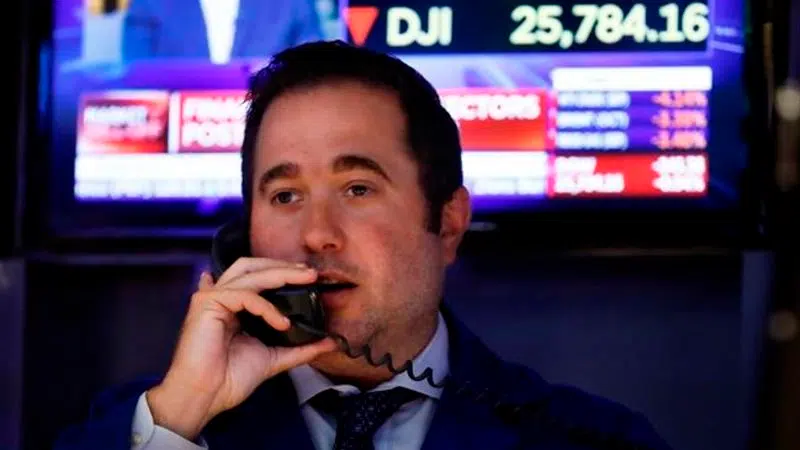
US stocks erase most of an early loss as volatility surges
Stocks overcame a big loss on Wall Street Wednesday, though the market’s recovery left plenty of signs of worry among investors that the fallout from the trade war between the U.S. and China will spread.
A late-afternoon rally lifted most of the major stock indexes out of the red, reversing most of the early slide that briefly pulled the Dow Jones Industrial Average down more than 580 points. Technology and consumer staples stocks powered much of the gains, offsetting losses in banks, energy companies and other sectors.
Even so, the moves in the bond and commodities markets signalled that investors are nervous that the escalating trade war between the U.S. and China may derail the global economy.
Bond yields sank around the world, something that happens when investors see a weaker economy and low inflation on the way. The price of oil tanked and the price of gold shot up to its highest level in six years as traders sought safe-haven holdings.


